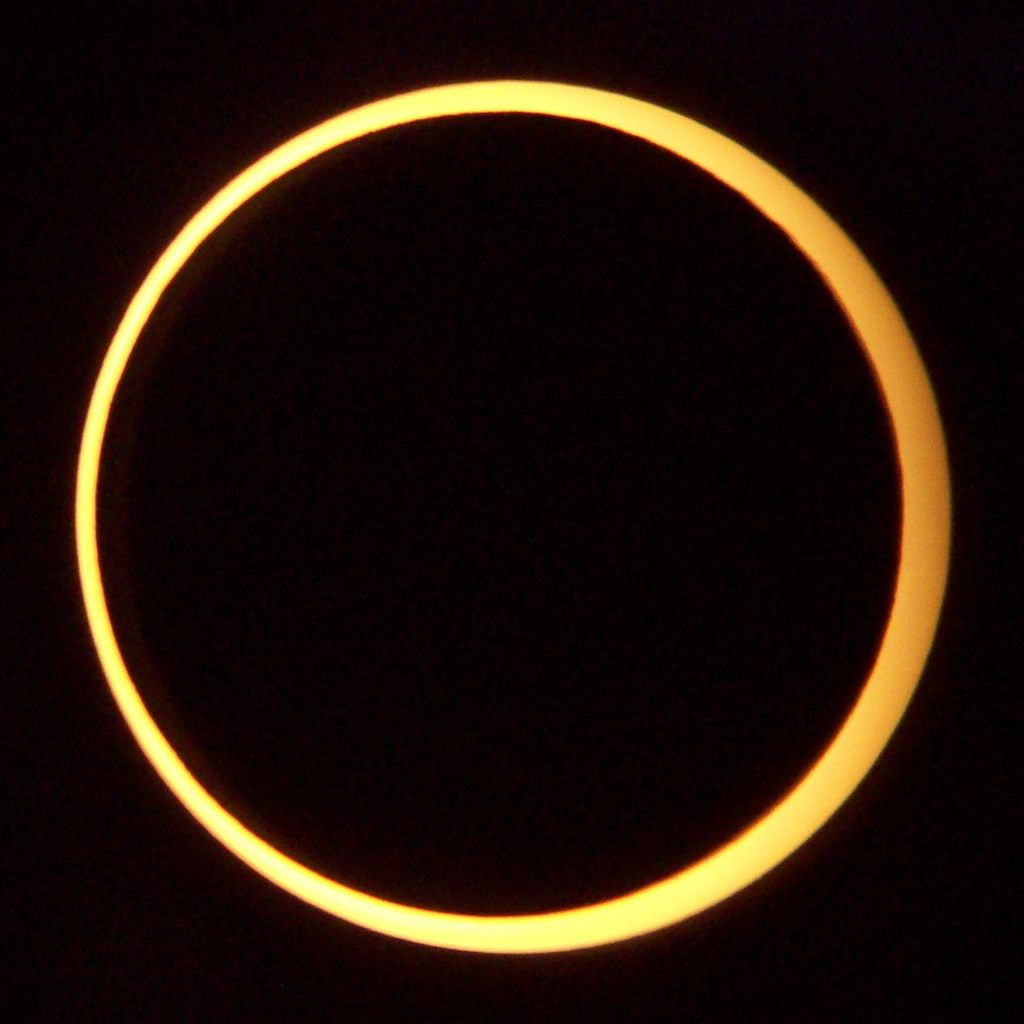
Why not make a resolution to volunteer with RASC Vancouver in 2020? There are RASC events scheduled throughout the year, and all over the Lower Mainland, that need volunteers. And this year, we need additional volunteers for the RASC 2020 General Assembly we are hosting June 5-7.
Expertise in astronomy is not required, we would be happy to have you help in any capacity. Make a on-line request to join our volunteers email list or contact our events coordinator, Hayley Miller, either at a members’ monthly meeting, or via an email to [email protected].
Note that You must be a member in good standing to volunteer at a public RASC event due to liability and insurance concerns.
For me, the satisfaction in volunteering comes from the joy in hearing “Wow” when someone looks through my scope to see the Moon’s craters or Saturn’s rings for the first time at a RASC Star Party, the connections made when handing out a SkyNews magazine or Star Finder to someone who comments that they love he night sky, and the sense of community developed in working with other RASC volunteers to educate and inspire awe of the Universe.
You can contribute in many ways. RASC Volunteers have taken on tasks like the following:
- Spending a few hours handing out star finders or other RASC Literature
- Chatting with guests at our events about anything astronomy related
- Welcoming guests and directing them to activities at our Astronomy Day event
- Giving an educational talk or workshop at a library, to a scouts or guides group, or at a school
- Arranging travel and logistics for speakers at our Monthly Meetings
- Leading hands-on astronomy activities at an event
- Doing public relations or helping with our social media
- Bringing a telescope to a public star party to let the public have a look at what is up in the sky
- Writing an article for our NOVA newsletter or our website
- Advocating for Light Pollution Abatement with local governments
- Organizing and running an event in your community
Don’t forget that there are other volunteer opportunities at the RASC 2020 General Assembly (and a gentle reminder that early-bird pricing for GA registrations ends in a couple of weeks on Feb 15th).






















